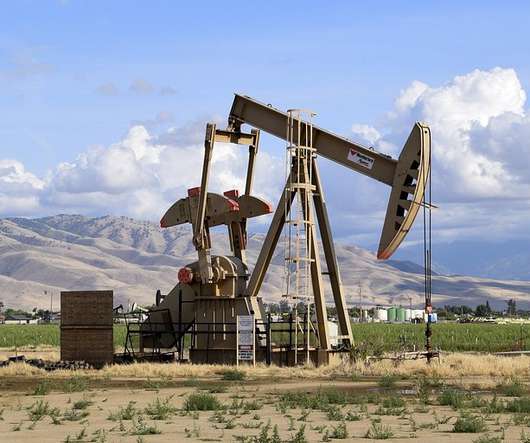Good News—and Bad—about Fossil Fuel Power Plants in 2023
Union of Concerned Scientists
MARCH 23, 2023
And fossil fuel power plants may not stick to their retirement schedules for a variety of reasons. NO x also contributes to the formation of ozone (or “smog”), another toxic pollutant. The EPA’s Social Cost of Carbon was adjusted to 2025 to align with the emissions year of the NO x and SO 2 estimates.) What can be done?

















Let's personalize your content